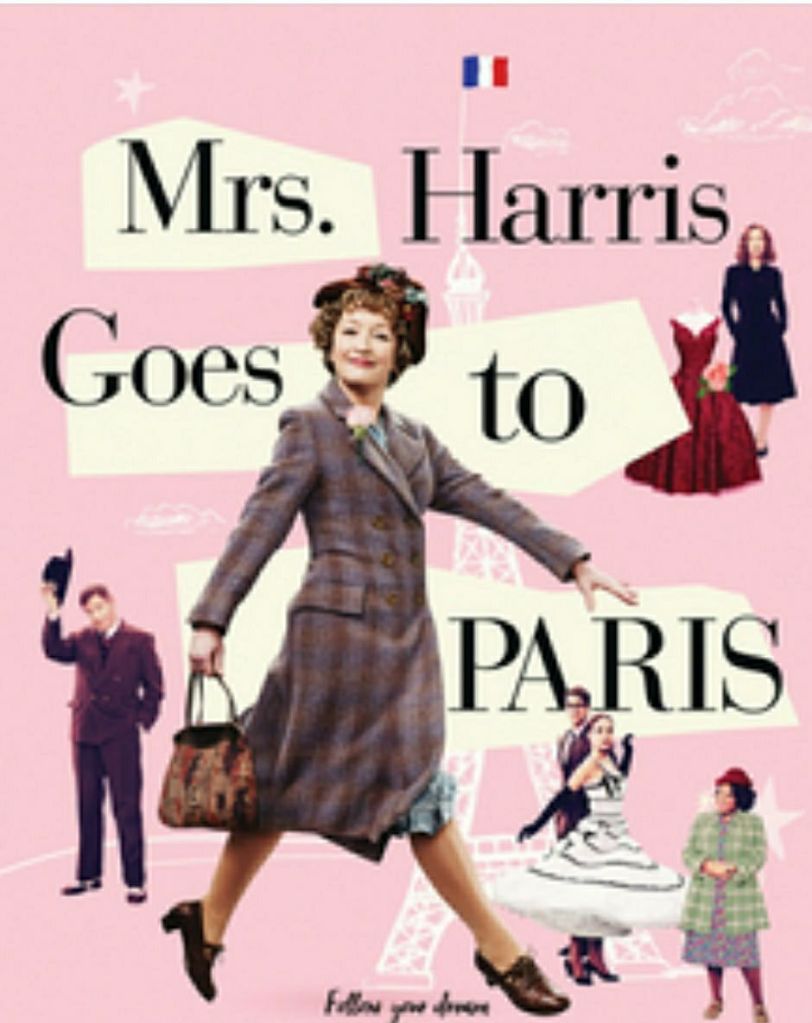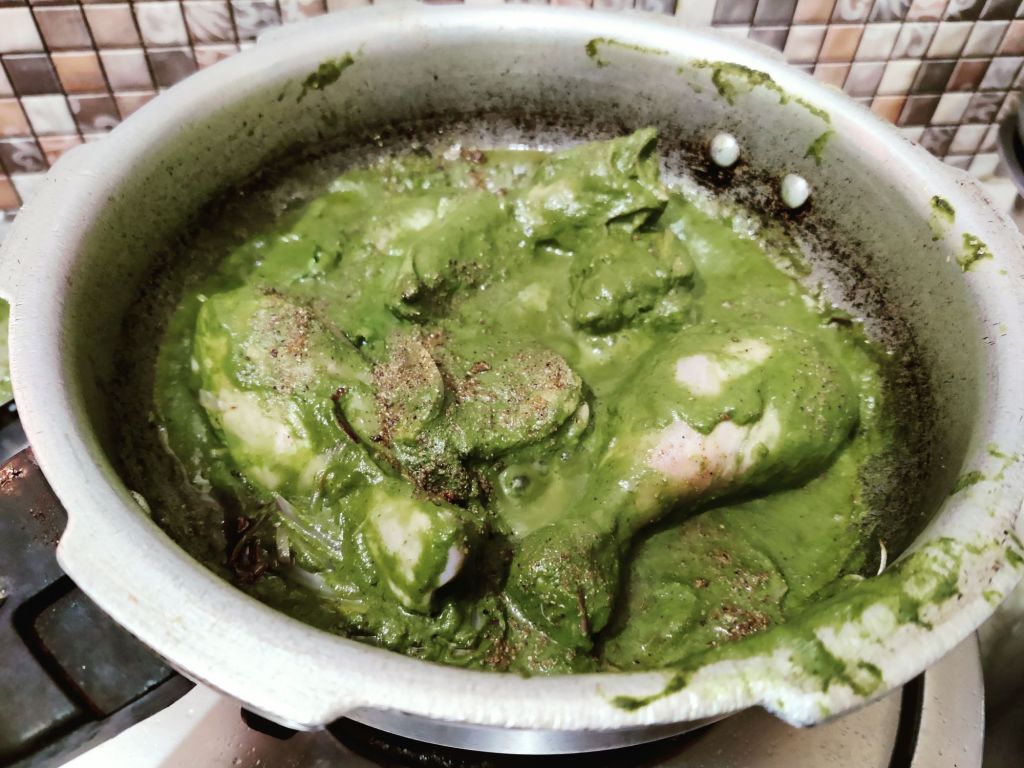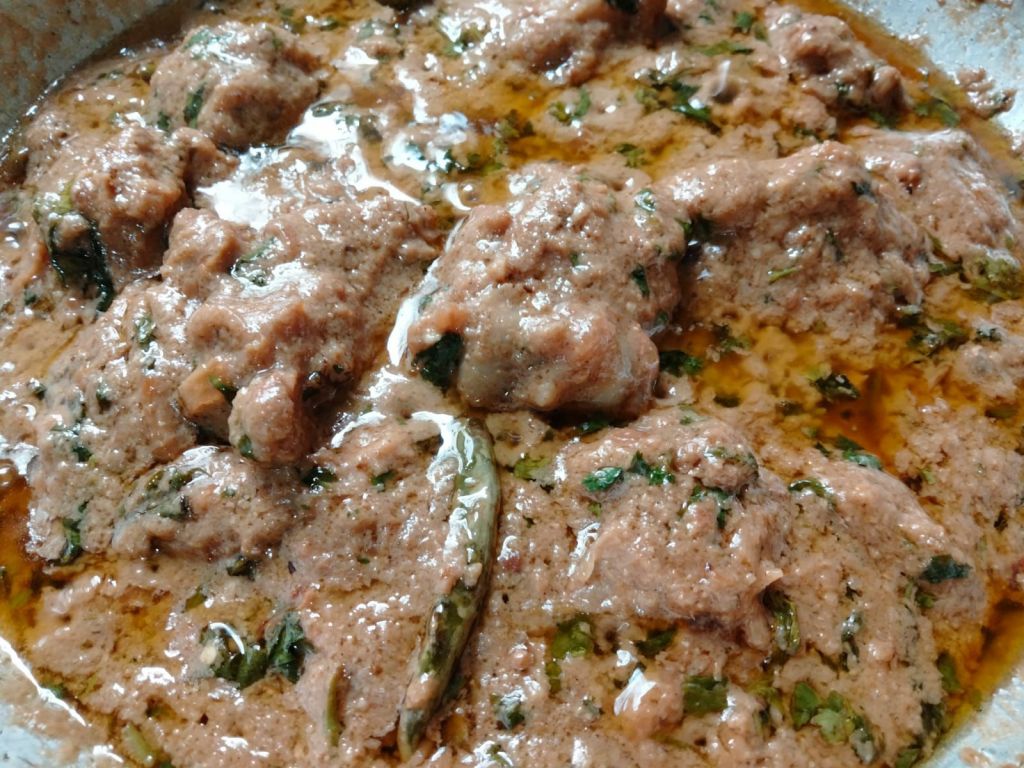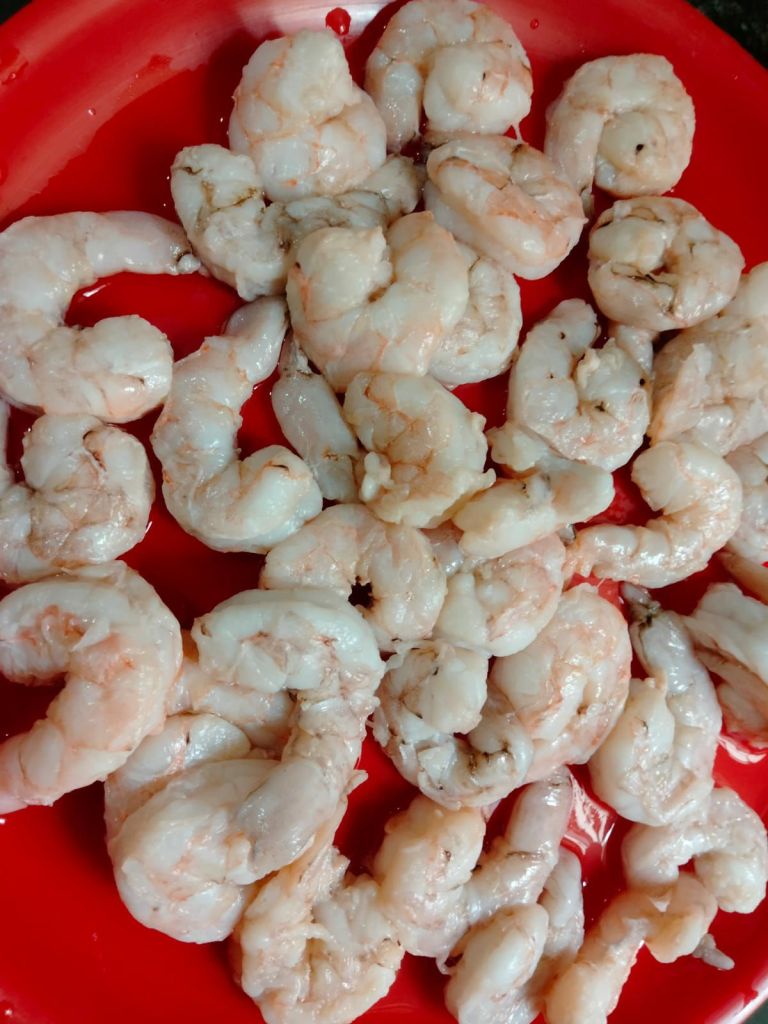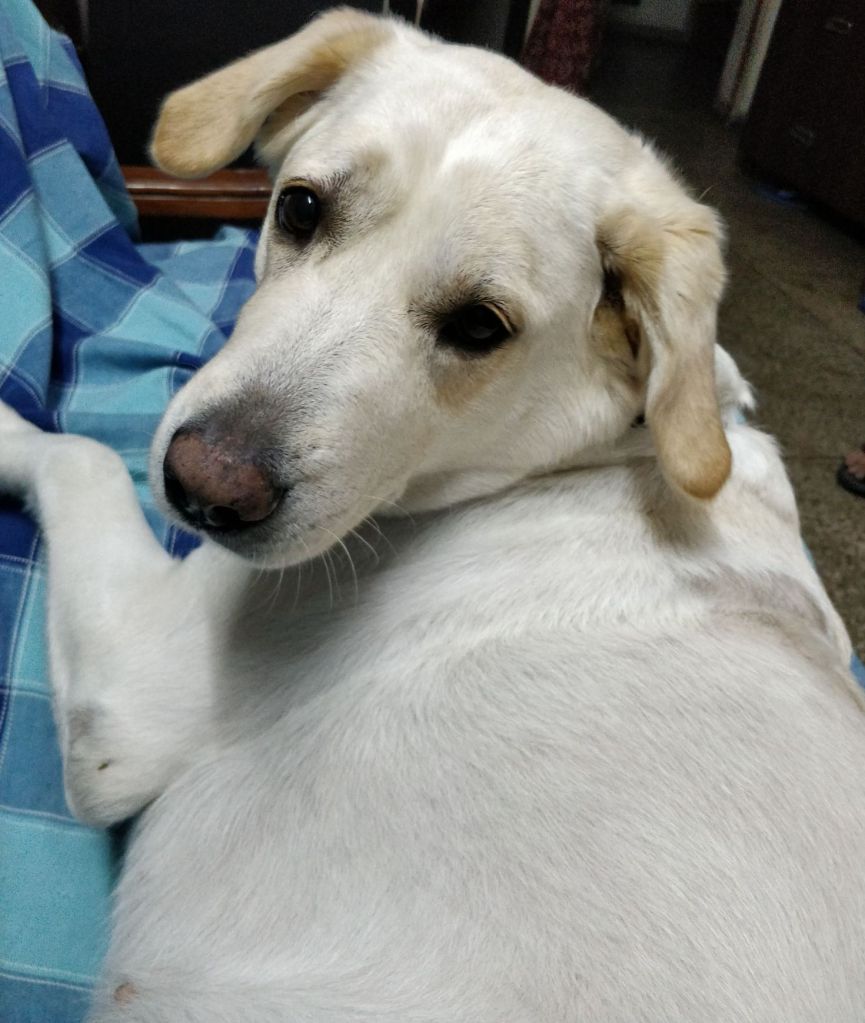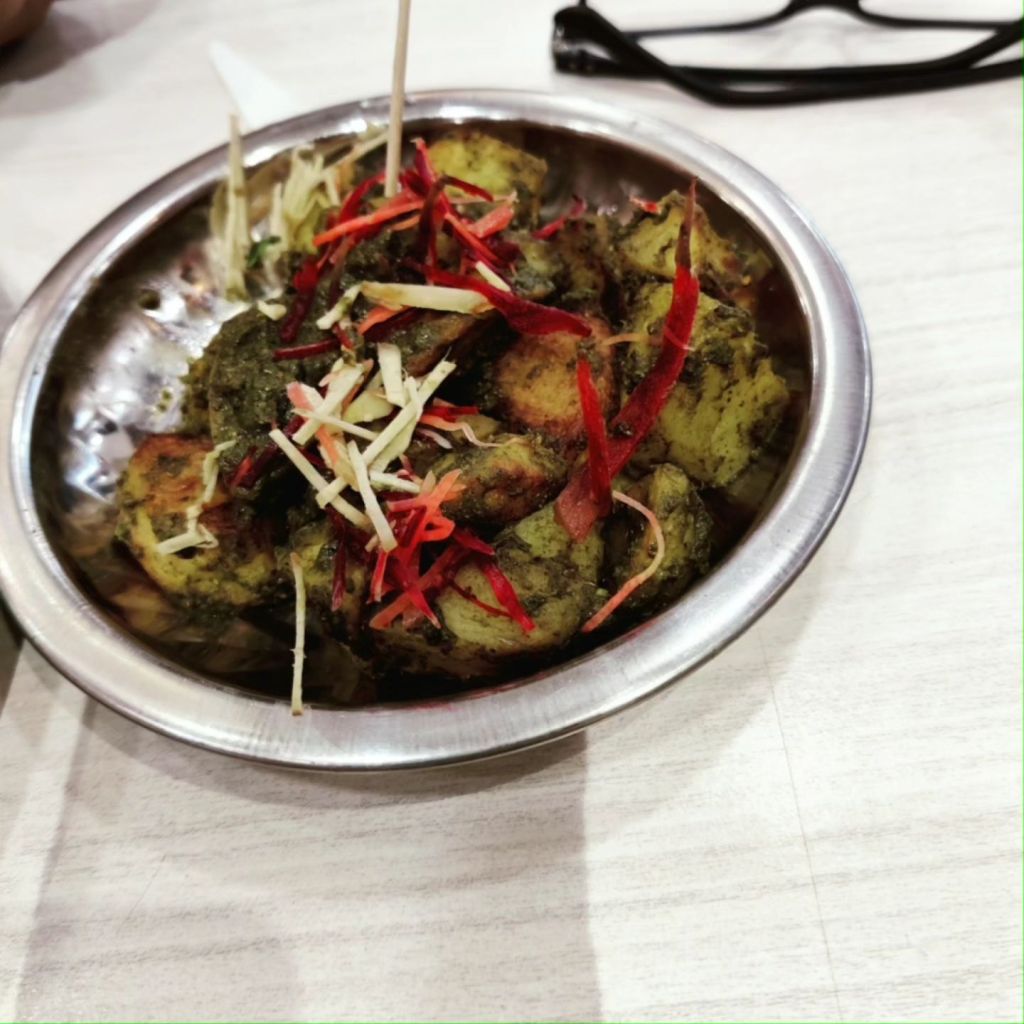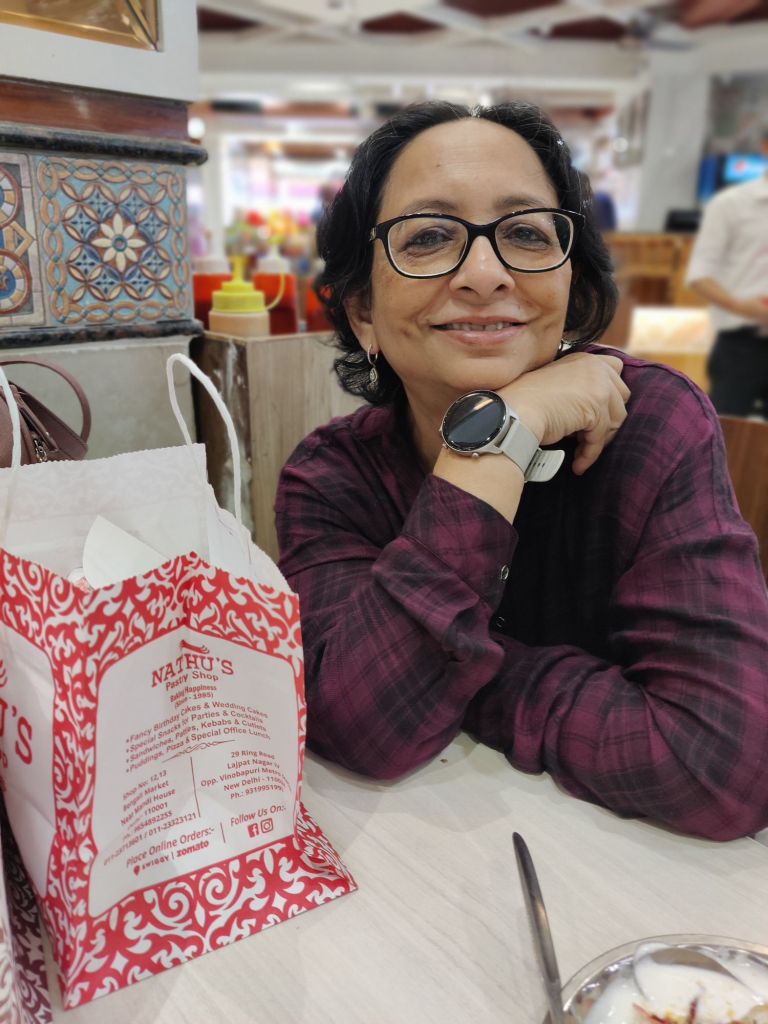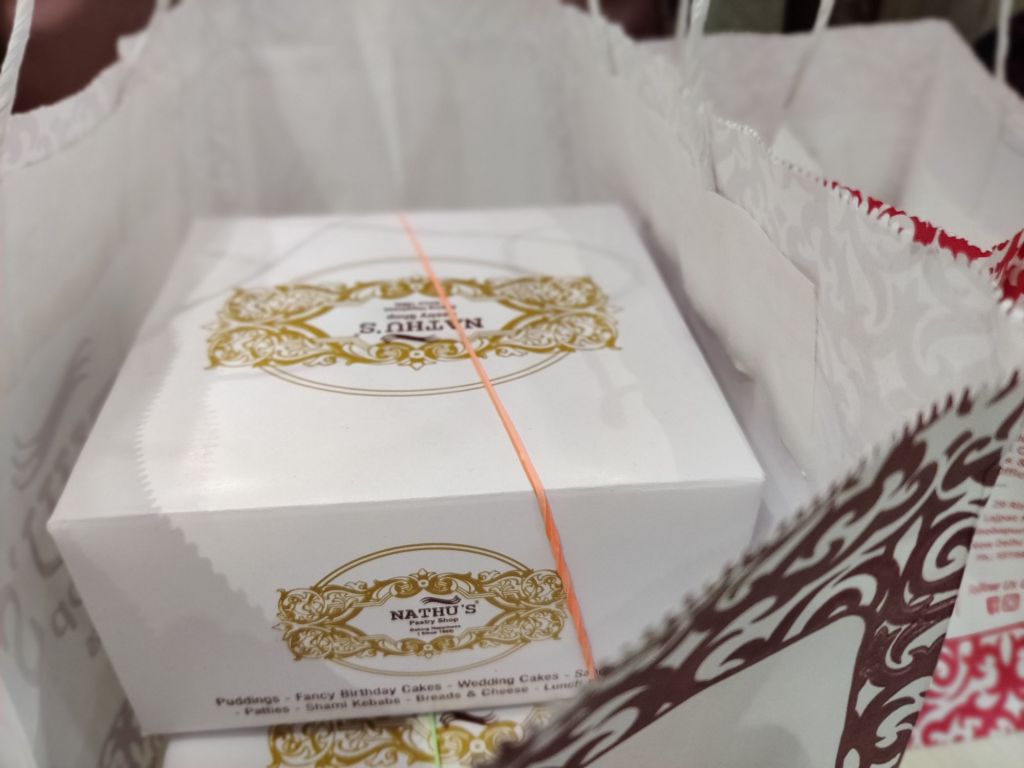According to some the Courtesans of India are the unsung sheroes of the freedom struggle of India though there are no documented mention of their active participation in history.
Almost in line with the Geishas of Japan the Courtesans of India were institutionalized since ancient times in Indian social fabric. They were the product of the feudal patriarchy and thrived on elite and royal patronage.
Written by Shudraka in 2nd Century BCE, the Sanskrit play Mrichhakatika is the story of the beautiful and talented Vasantasena who was a well known and well reputed Ganika or Courtesan.
In 500 BC in the Republic of Vaishali (now in Bihar) was another very well known and well reputed Nagar Vadhu or Royal Courtesan called Amrapali who enjoyed the patronage of none other than the king himself.
Amrapali From Vaishali
The elevation to the stature of Nagar Vadhu from ganika was not easy. The aspirant had to labour hard to perfect the arts and go through stiff competition from other aspirants in the presence of the king to prove her merit and mettle. The one who won was awarded the title of Nagar Vadhu by the king himself.
The Courtesans were well read and well versed in language, literature, poetry, social etiquettes and contemporary politics. They were also poetesses as well as patrons of poets. Enjoying the royal patronage, they were also extremely wealthy and paid huge taxes. Above all, before being introduced in public, they spent years in mastering the art of music and dance. Their years of rigorous, dedicated, disciplined riyaaz (practice) and taaleem (training) made them connoisseurs of art. They also mastered the art of conversation which indicated that they were not only well informed but also conducted themselves with dignity and poise. They enjoyed a special position which was not available to women in general in the then guarded society. In modern parlance, they could very well be termed as professionals in their own right.
Tawaif From Lucknow
The Courtesans prospered in stature under the Mughal rulers. They came to be known as tawaifs in Northern India ( Baijis in Bengal and so on and so forth) who epitomized tameez and tehzeeb, i.e., social manners and culture. It is a recorded fact that scions of royal families were sent to be under their tutelage to learn how to conduct themselves in society and perhaps learn the art of love making too. The tawaifs resided in kothas which were palatial abodes of opulence and grandeur. The kothas were frequented by the patricians and regents of the society where mehfils (soirees) were held every evening and continued till wee hours of the night.
Interestingly, the tawaifs followed a matrilineal system of inheritance passing down from the mother to the daughter which led to sibling squabbles and bequeathment battles.
Kothas were also the electrifying spaces wherein tawaifs reigned like queens. They enjoyed their freedom of choosing their patrons or sometimes consorts, sired their illegitimate offsprings, were privy to secrets of the highest echelons of society and also at times took active part in the palace and political conspiracies to further their and their patron’s vested interests. It is also said that some of them were imbued with the fervour of nationalism and sheltered and monetarily assisted those who rebelled against the East India Company and later the British colonial rule.
In this context, the name of Azeezan Bai who had a prominent role to play in the Mutiny of 1857 against the fast colonizing East India Company comes up. However, Azeezan had an ulterior motive of restoring the reign of the Nawabs so that the kothas could have a sustainable backing in the face of the encroaching colonial rulers and was not exactly driven by the larger perspective of fighting against invasion by the firangis or the Englishmen. Its sadly one of the reasons why the Mutiny stopped short of a revolution – the lack of unity of purpose.
The kothas had strict but unwritten codes of conduct for both the tawaifs and the patrons. Breaking these rules were akin to transgression of spatial sanctity which was not viewed lightly and resulted in punitive actions against either of the Parties including debarment of the patron from entry and subjugation of the errant tawaif through means which could range from corporeal punishment to being temporarily grounded to total ostracization to other more drastic measures. Thus, the guild functioned within the bounds of self codified laws which were difficult to overstep. In a way, the tawaifs were prisoners within the bejeweled cages of riches and glamour. Some espoused this life without having any other alternative for livelihood, some inherited it by birth. But once embraced the option of breaking away from this “embellished bondage” was neither permitted by society nor by the institution. This was the dark side of tawaifhood.
During the era of Mughals, the shaayars or Urdu poets had great fan following amongst tawaifs. In fact, it worked both ways. If a shaayar’s shaayari (poem) was sung or quoted by the tawaif it augmented the popularity of the poet. Therefore, the poets in a way wanted their poems to be read out or sung in mehfils so that their names and works became known and circulated in the high society thereby making way for garnering acceptance, accolade and patronage.
The kothas had great commercial significance as well as mandis or markets thrived around them and became centres of regular trade and transactions. The footfalls of the community of the rich and famous were perhaps one of the catalytic factors of buoyancy of commerce. Thus, the social, economic and political relevance and significance of the courtesans of India remain an indisputable historical fact though not very properly and widely documented in the annals of history.
However, having said that it is also to be mentioned that though the courtesans were ace and respectable entertainers of their times, which did not have theatres, cinemas and other vehicles of creative expression as of today, there was an unerasable line of demarcation in so far as social sanction and their acceptability in honourable society was concerned. The courtesans were only excellent companions but could not be taken in or included as part of the household. Perhaps it is their availability to a number of patrons, their gender fluidity and sexual freedom which opposed the so called sense of familial honour and respectability of that era.
The British Imperial domination not only brought undivided India under the colonial clasp but also surged the colonies with the sensibilities of Victorian ethics, principles and morality. To add to this the social reformists of the then Indian society, gradually awakening to Western thoughts and concepts, brought in a wave of “chastity for women” which was antithetical to the gender liberties and fluidity celebrated by the courtesans. It is the British who disparaged the tawaifs as “nautch girls of India” and blurred the demarcation between courtesans and prostitutes leading to gradual decimation of the age old tradition. It was during British rule that the kothas came to be defamed as red light areas.
In a great endeavour to adapt to ‘new wage’, some of the erstwhile courtesans leveraged technology and became recorded artists and the first generation of film stars with the decline of tawaifhood. Gauhar Jaan was one of them who earned crores (though she died a pauper) in those times and her voice became a household name. So was Begum Akhtar or Akhtari Bai who is revered even now as the ghazal queen of India. Classical, semi-classical , ghazals and thumris were the forte of the tawaifs. Many aspiring musicians and dancers from respectable families became their shagird or disciples to learn the intricacies and nuances of the various genres of performing arts. The classical Kathak dance of India was nurtured and elevated to a higher form of recital by the tawaifs who were danseuse and maestros in their own rights. Inarguably, the tawaifs were torch bearers of the cultural heritage of the country.
Gauhar Jaan
Begum Akhtar
Heera Mandi or Heera Singh Di Mandi was established in the Shahi Mohalla of the walled city of Lahore (of undivided India) as a grain market in the 1840s by Heera Singh Dogra, son of Dhian Singh Dogra, the trusted general of Maharaja Ranjit Singh, in order to facilitate local economy. It was close to the royal court and housed the courtesans or the queens of Lahore as they were called. Soon Heera Mandi became an important economic centre and the quarters of the tawaifs became more and more popular.
Similarly, Bowbazaar housed the Baijis in Calcutta. The rich Zamindars or Landlords were their patrons. Banaras, in Uttar Pradesh, was another city known for its gharanas of music and dance. Gharanas can be loosely called the art guilds having their individual style of singing, dancing and playing instrumental music. The gharanas maintained and guarded their respective trade marks and passed them on from the patriarch or matriarch to their offsprings or next of kin. Outsiders were seldom allowed in. The disciples, if they did not happen to be part of the family, had to serve the guru and gain his or her ‘blessings’ to perform in public.
The Dancing Girls Of India
With changing times, the social demography and behaviour have changed. The tawaifs are extinct now. With them has gone the era of kothas and mehfils and mujras (dance recitals), the lighting of shamaas or candles in intricately carved stands during sun down, the sound of ghungroos or anklets which made the nights magical and mesmeric and the parwanas or the patrons who were ready to burn out hovering around the swirling helmlines of the lusty performers.
Baijis Of Bengal
Source :Wikepedia and various articles and posts on internet and social networking sites
Images: Google








